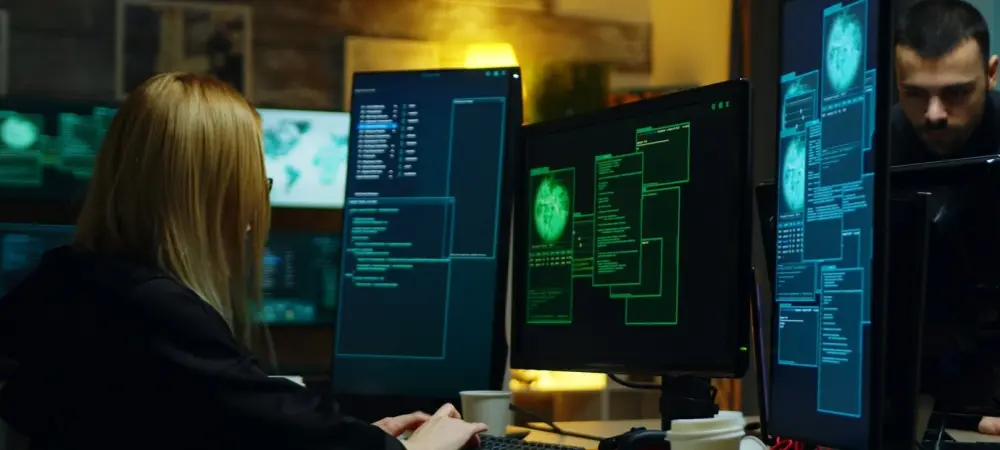The digital world has become a battleground where the lines between traditional cybercriminals and state-sponsored hackers blur. A significant study investigates this phenomenon, revealing how intertwined their agendas can be, despite different overarching motivations. This complexity challenges existing cybersecurity paradigms on a global scale. As financial incentives and geopolitical goals merge, the need for a nuanced understanding of cyber threat attribution becomes imperative.
Context and Importance
Understanding how cybercriminals and state actors increasingly mirror one another is crucial in today’s digital landscape. This convergence complicates the distinction and attribution of cyber threats. Traditional views classify cybercriminals as seeking financial gain, while state actors often pursue espionage objectives. However, recent incidents highlight their overlapping operations. The interplay between these entities is vital for cybersecurity professionals to adapt and develop more effective response strategies, enhancing global cyber defense systems.
Methodology, Findings, and Implications
Methodology
The research utilized in-depth analyses of recent cyber campaigns executed by groups like TA829 and a new entity referred to as UNK_GreenSec. It involved dissecting techniques and motivations through comprehensive examination of incident reports, threat intelligence feeds, and data analytics. Tools like phishing analysis and network traffic monitoring were crucial in differentiating these actors’ tactics and infrastructure, revealing significant clues about their affiliations and operational dynamics.
Findings
The investigation uncovered the hybrid nature of groups like TA829, which combine cybercriminal methods like phishing with sophisticated espionage operations. Initially focused on extortion driven by financial motivations, TA829 adapted its tactics post-invasion of Ukraine, aligning actions with Russian interests. Similarly, UNK_GreenSec demonstrated operations sharing infrastructure characteristics with TA829 while exhibiting its own distinct targeting and methodologies. The use of exploited services, advanced packing techniques, and relentless infrastructure updates indicate a merging of criminal and state-sponsored methodologies, complicating traditional threat categorization.
Implications
The findings illustrate the need for updated threat intelligence strategies that acknowledge this blurred distinction between criminal and state cyberspace activities. Security frameworks must evolve to consider the interchangeable techniques of these actors. Such insights urge organizations and states to foster collaboration in sharing intelligence and resources, which is crucial for effective prevention and mitigation of increasingly sophisticated cyber threats. Furthermore, the convergence affects legal and policy-making processes, necessitating updated international accords and cyber conduct laws.
Reflection and Future Directions
Reflection
The study faced challenges in attributing actions due to the shared infrastructures and tactics used by cyber actors. Overcoming these difficulties required innovative analytic methods and collaboration among international cybersecurity entities. The research could expand by examining other hybrid groups and employing machine learning for pattern recognition to deepen understanding of these morphing cyber threats.
Future Directions
Future research should focus on expanding the scope to include new hybrid threat groups and build predictive models that anticipate shifts in cyber actor behavior. Unanswered questions remain about the extent of overlap between different cyber actors, and how geopolitical developments influence these dynamics. Efforts should aim at developing technologies for real-time threat detection and attribution adapted to this changing cyber landscape.
Conclusion
The study highlighted an evolving cyber threat arena where distinctions between cybercriminals and state-sponsored actors increasingly fade. It illuminated the necessity for a revised approach to threat intelligence and cyber policy. Future endeavors must focus on adapting to these evolving threats through enhanced global cooperation and technological innovations, ensuring a robust defense against the continually merging threats in cyberspace.

